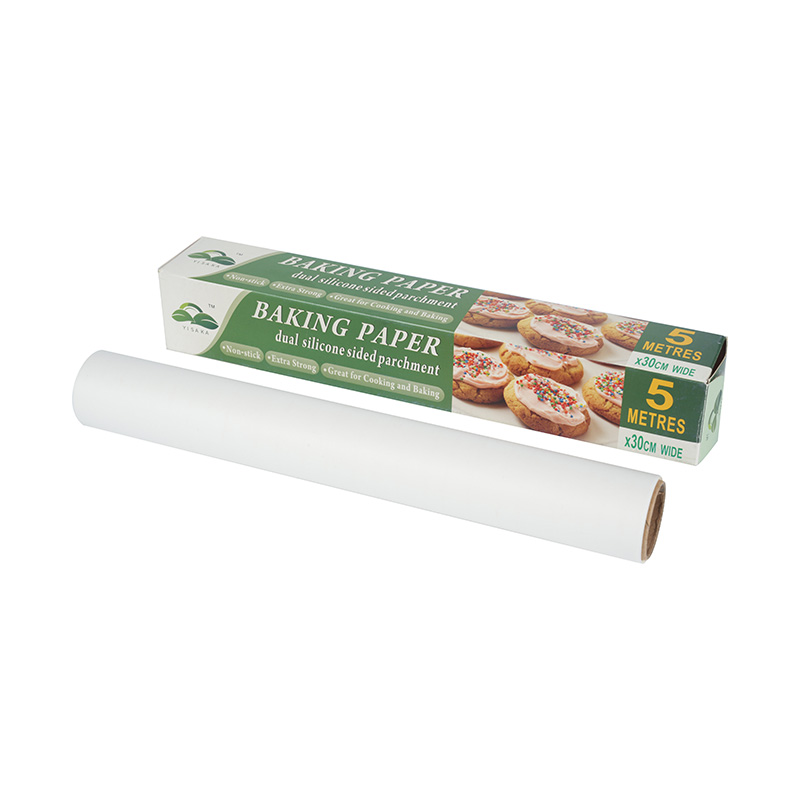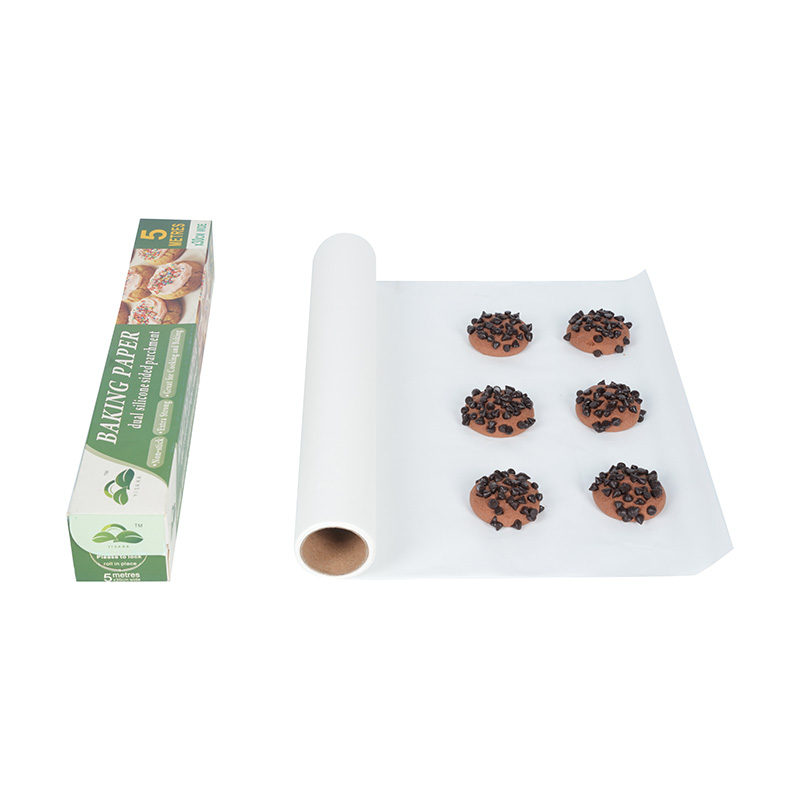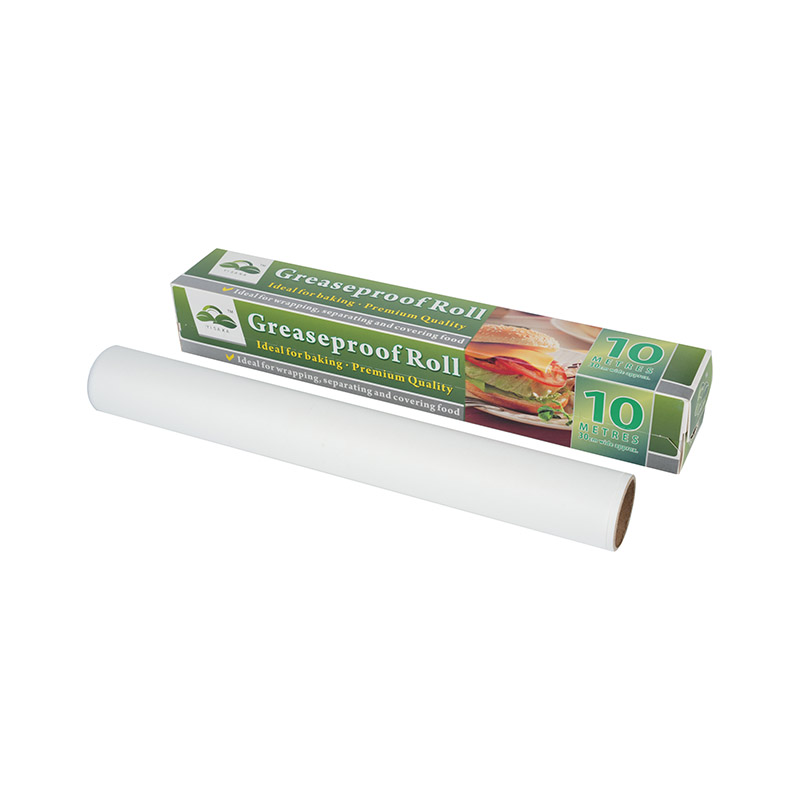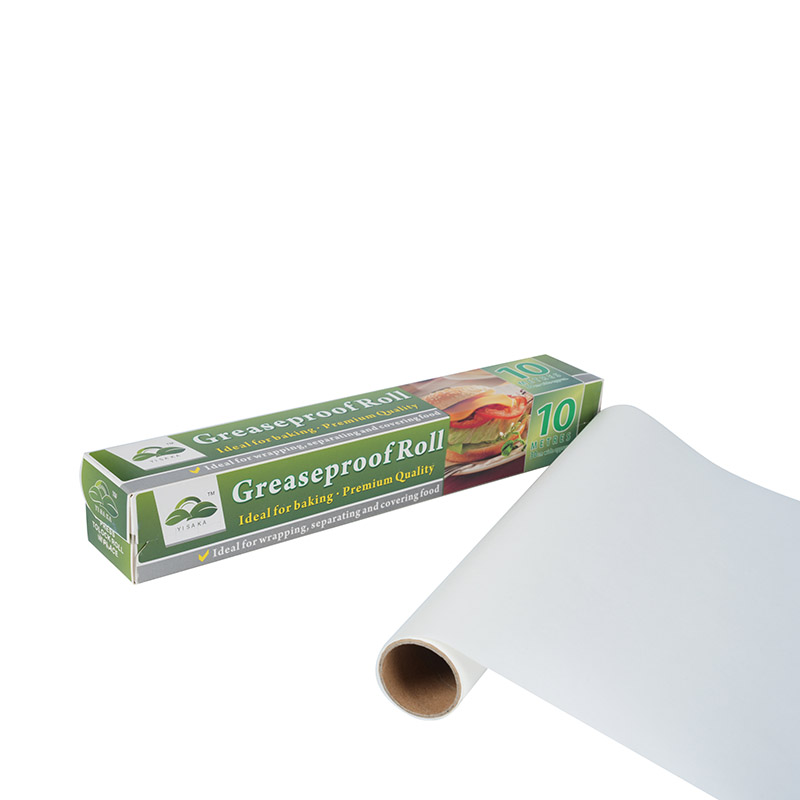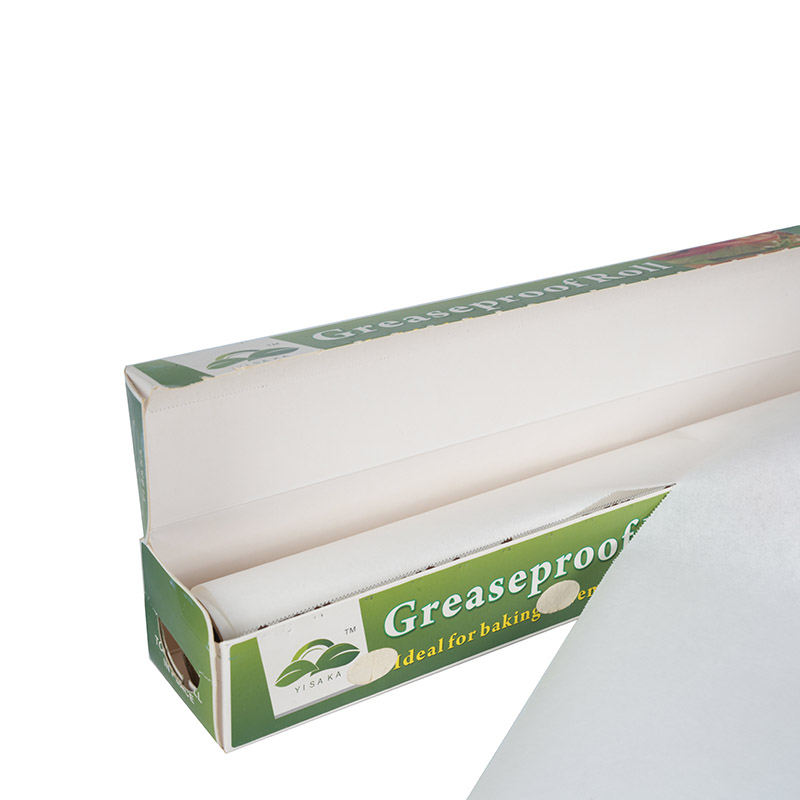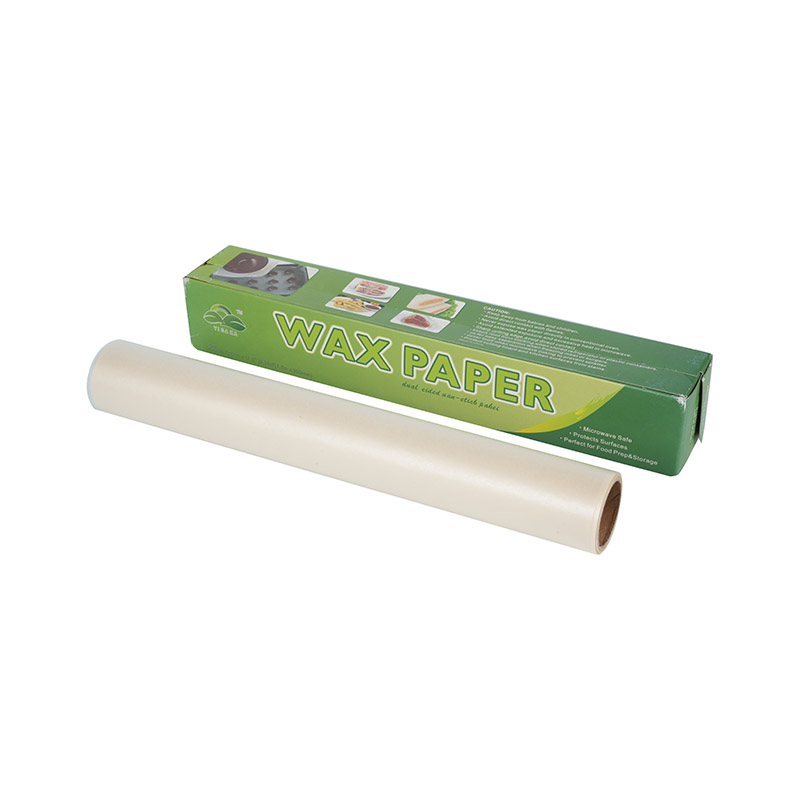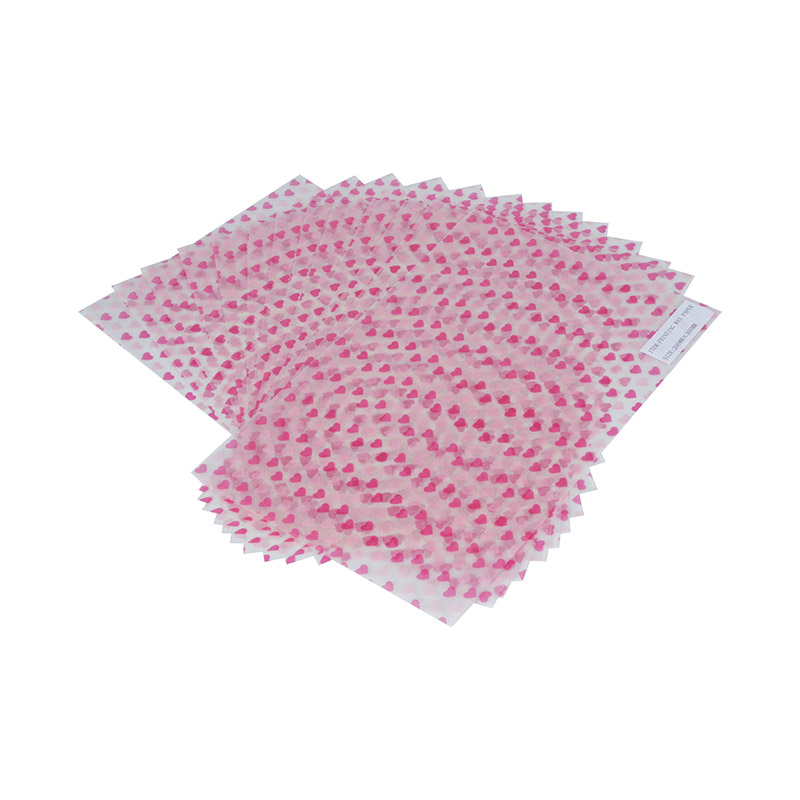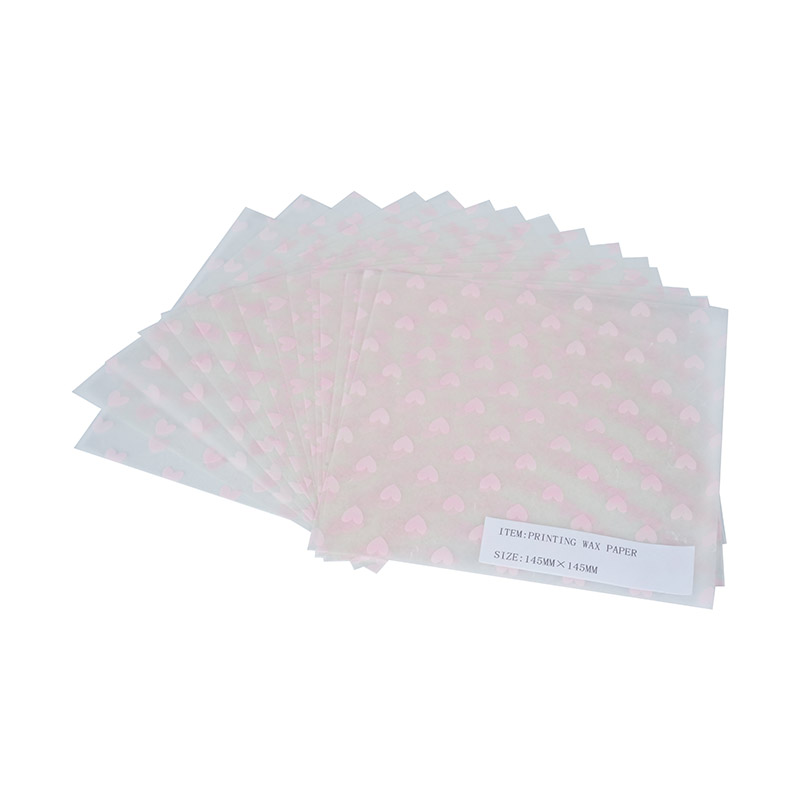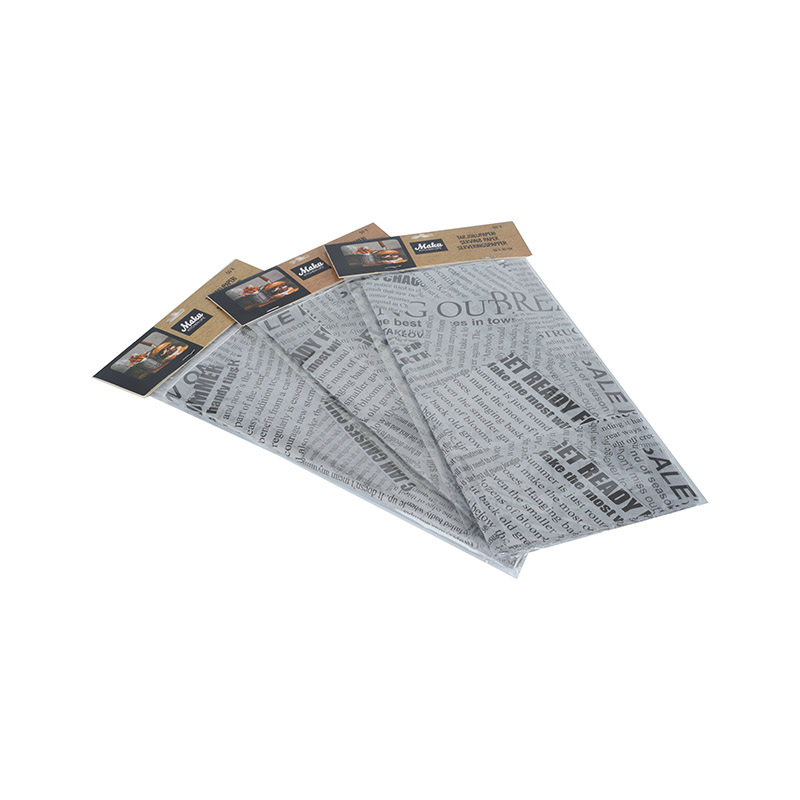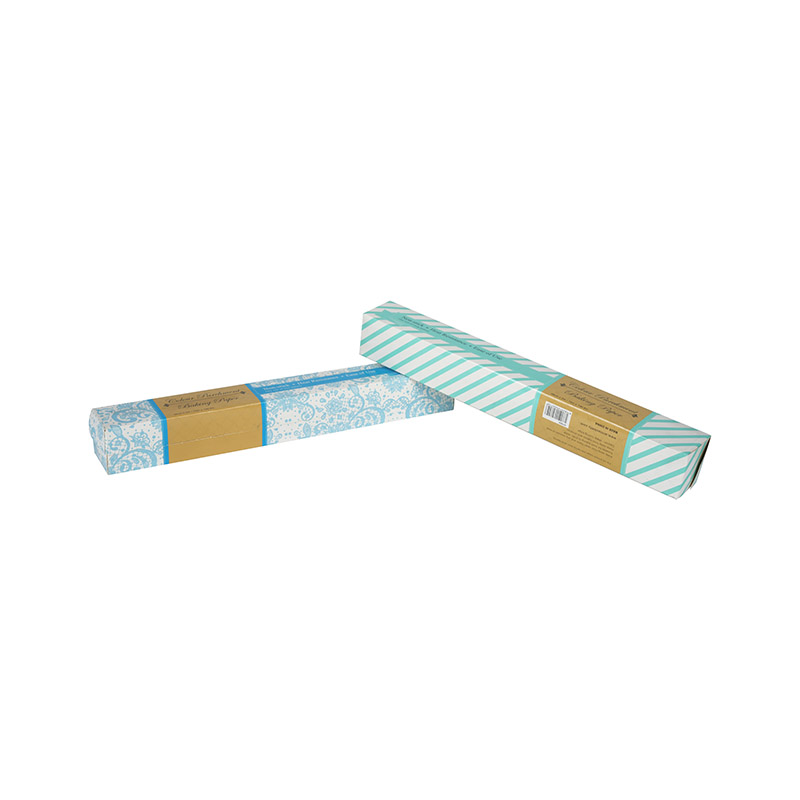Steaming is one of the oldest cooking techniques, cherished for its simplicity, nutritional benefits, and versatility. From home cooks to professional chefs, many have turned to this gentle cooking method to produce flavorful dishes with minimal oil. One unsung hero in this process is paper for steaming — a kitchen essential that enhances both the efficiency and quality of steamed meals.
Steaming paper is typically made from heat-resistant, food-safe materials, such as parchment or specially treated cellulose fibers. It plays a vital role in preventing food from sticking to the steamer surface, reducing waste and keeping the appearance of dishes intact. This is especially important when preparing soft or fragile items like dim sum, rice flour cakes, or stuffed rolls.
Using paper for steaming has several key advantages. First, it improves cooking hygiene by acting as a protective layer between the food and the steamer, which might otherwise harbor old food particles or rust. This layer also absorbs excess moisture, helping prevent sogginess in buns or pastries. Second, it saves time and effort during clean-up — after steaming, the paper can be discarded, leaving the steamer nearly spotless.

Some varieties of steaming paper come with pre-punched holes, which allow steam to flow freely while still offering support underneath the food. Others are non-perforated and can be customized based on your recipe's needs. Whether you're cooking in bamboo baskets, stainless steel trays, or microwave steamers, there is a type of steaming paper that will suit your setup.
Another benefit is the paper’s adaptability. Not limited to traditional Asian cuisine, steaming paper is useful for preparing Western dishes too — think steamed fish with herbs, puddings, or even reheating leftovers while maintaining their texture.
Finally, in today’s eco-conscious world, it’s worth noting that many steaming papers are environmentally friendly — free from harmful chemicals like bleach or wax, and made from renewable resources. They align well with the growing demand for sustainable kitchen practices.


 English
English русский
русский